My Vogue 1871 Fail Journey & Lessons in Sustainable Sewing
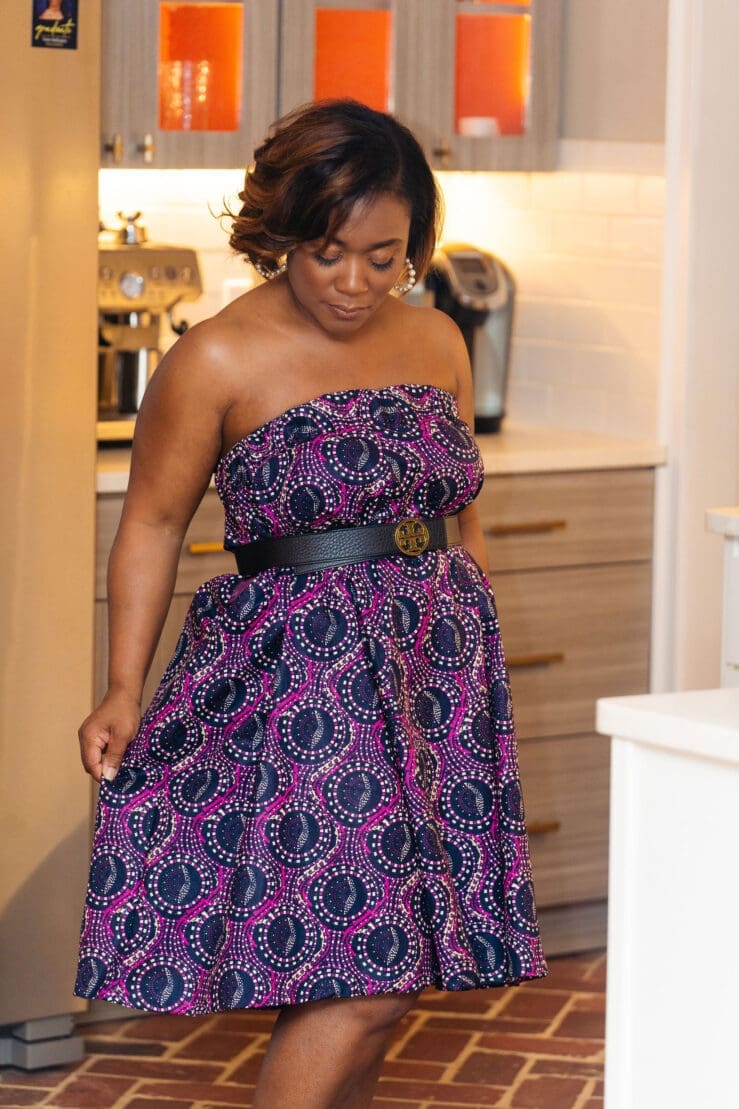
Oh, Vogue 1871. If you’ve been following “Sewing For My Sanity” for any length of time (and bless your heart if you have!), you know I have a very soft spot for patterns that deliver maximum impact with minimal fuss. But what you might not know, or perhaps have forgotten from my earlier blogging days, is that my relationship with this particular gem didn’t start off as sunshine and rainbows. Nope. My first encounter with Vogue 1871 was, shall we say, a spectacular FAIL.
Yes, you read that right! Even after ten years of threading needles and wrestling fabric, every now and then, a project just… doesn’t work out as I planned. My initial attempt at Vogue 1871 was a lesson in humility, a prime example of how even the most promising patterns can go awry if you rush, misread, or simply have an off day. It ended up being a wonky mess that promptly found its way to the back of the closet.
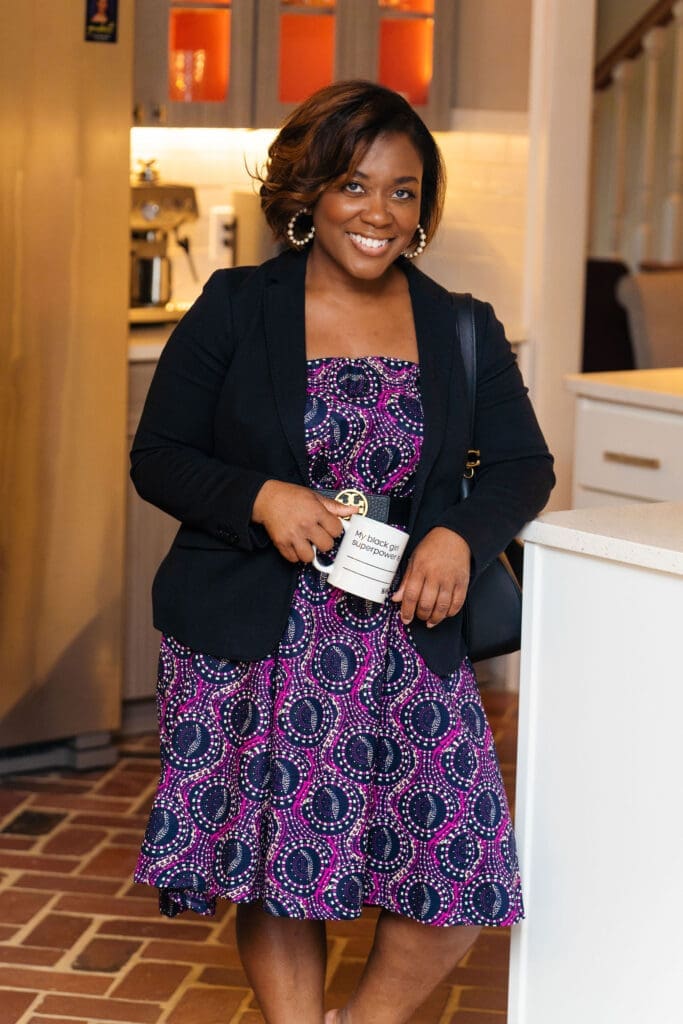
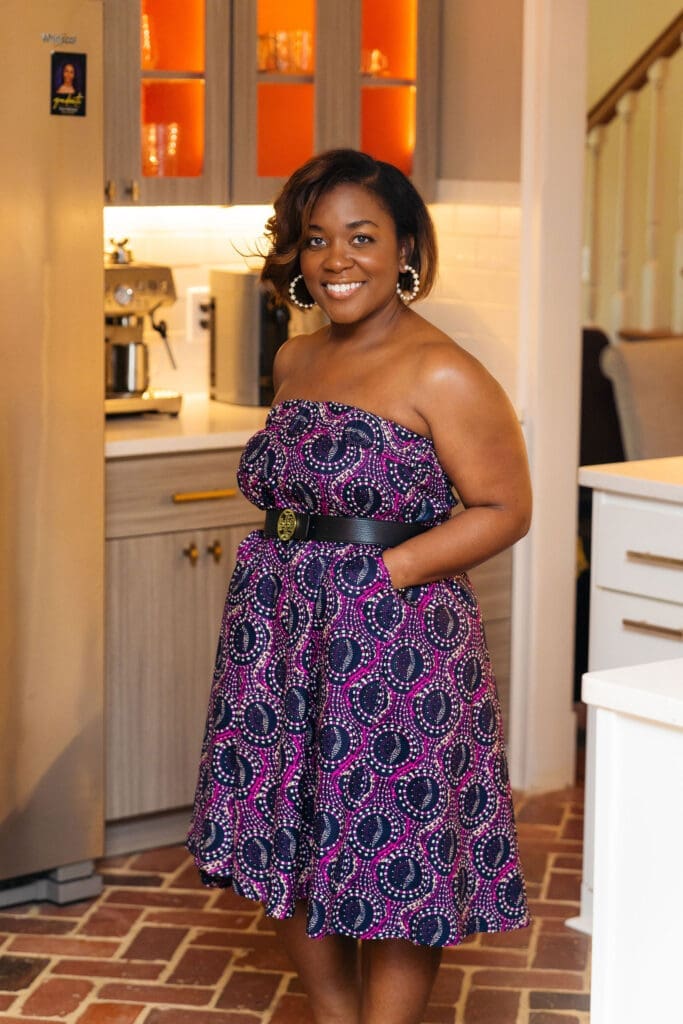
But here’s the thing about us sewists, isn’t it? We’re resilient. We learn–because I’ve done other Vogue Patterns. And sometimes, those initial “fails” turn out to be the most valuable teachers. That first mishap with 1871 taught me so much, not just about sewing techniques, but about a newfound approach to sustainability in my craft. It forced me to pause, reassess, and ultimately, truly understand what makes a successful, long-lasting garment.
Why My Vogue 1871 “Fail” Turned Into a Fantastic Revelation
So, what turned this initial disaster into a beloved go-to? And how did it tie into my evolving journey towards more mindful, sustainable sewing?
- The Power of Patience (and the Seam Ripper): My first mistake was rushing. I wanted instant gratification. The “fail” taught me that sometimes, a project needs to sit, you need to step away, and then revisit it with fresh eyes. This also meant embracing the seam ripper, not as a sign of defeat, but as a tool for perfection and preventing fabric waste from abandonment.
- Fabric Choice is EVERYTHING: My initial “fail” was partly due to a poor fabric choice – something too stiff that didn’t do the pattern justice. Re-visiting 1871 with a new mindset, I realized this pattern truly sings with a beautiful drape. This was a crucial “new sustainability” lesson for me: investing in the right fabric, even if it’s a little pricier, means you’re more likely to create a garment you’ll wear and love for years, reducing the need to constantly buy new. It’s about quality over quantity, and making conscious choices.
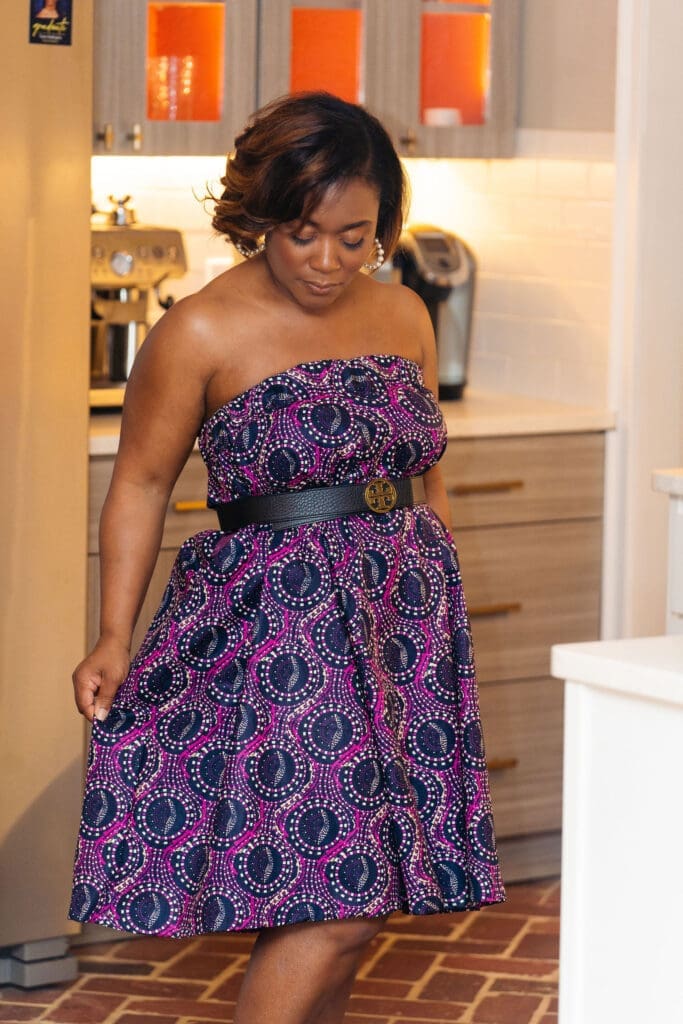
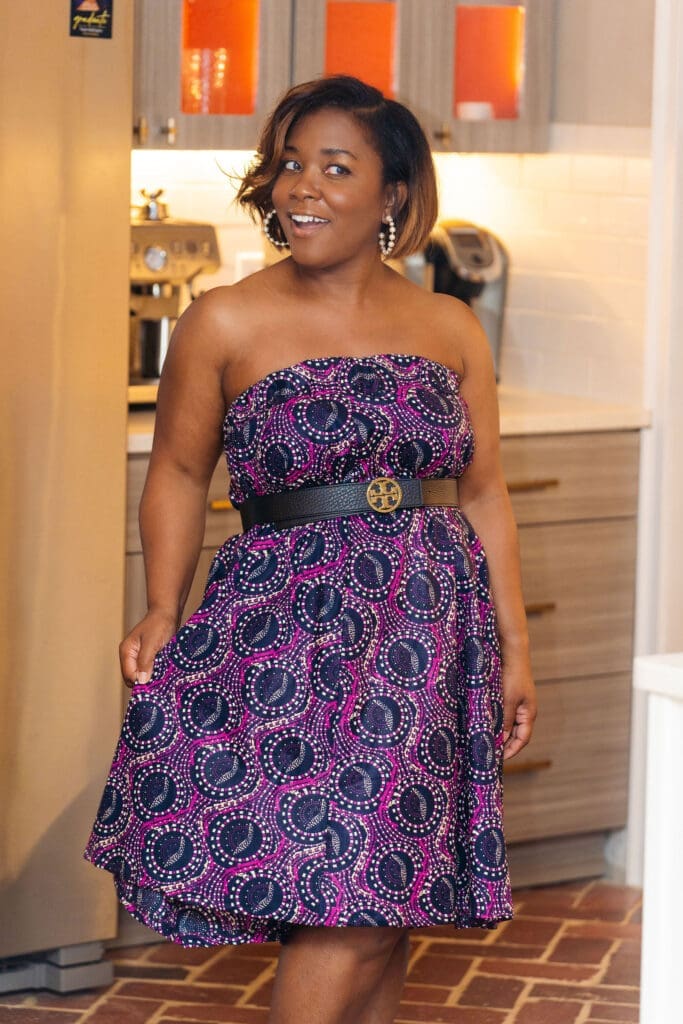
- Effortless Elegance, Reimagined: Once I got it right, the true genius of Vogue 1871 revealed itself. It’s still one of those rare patterns that genuinely lives up to its promise of being “easy” while looking incredibly chic and put-together. For me, that’s a sanity-saver in itself! It’s the kind of piece you can throw on and instantly feel polished, even if you just rolled out of bed. Seriously, it’s my secret weapon for looking like I tried harder than I did!
- Beginner-Friendly with Room to Grow: If you’re just starting your sewing journey, this pattern, when approached mindfully, is a fantastic introduction to garment construction. The lines are clean, the pieces fit together logically, and there aren’t any fiddly bits to drive you to distraction. But here’s the magic – even as an experienced sewer, I still come back to it. Why? Because it’s a perfect canvas for playing with different fabrics and adding your own personal flair. And every successful garment made means one less fast-fashion item in the landfill.
- Customization Heaven: While the original pattern is wonderful, it’s also a dream for hacks! Want to add pockets? Easy! Lengthen or shorten? Go for it! Change the neckline? Totally doable! It’s a great foundation to experiment with and make truly your own. Customizing your makes means they fit better, feel more “you,” and are therefore cherished and worn more often. That’s sustainable sewing at its best!
Pattern Features of Vogue 1871
Four distinct pieces:
- A pair of elastic waist shorts
- An elastic waist maxi skirt
- Two summer tops
- Wide strapped peplum top with a gathered empire waist
- Flutter sleeve top with gathered empire waist
Both the skirt and the shorts have pockets.
Have you sewn Vogue 1871? What were your experiences – good, bad, or transformative? What are your favorite fabrics to use for it, or any clever hacks you’ve tried? And how do you incorporate sustainability into your own sewing practice? Share your stories and tips in the comments below – I’d love to hear them!
Sewing the Skirt
This entire process should have been a cakewalk. It has a wide skirt like other Vogue patterns I’ve sewn. The front and the back are the same for the skirt. I’d quickly make a maxi skirt to wear to brunch with friends. The bonus for this sewing pattern was the pockets. The shorts also seemed easy enough to complete, and the waistband a little elevated and fashionable.
So I dug right into this pattern. The first fabric I used was wrong, and I couldn’t get the grainline to match up and look visually pleasing. Fail. Then I came across this beautiful Ankara fabric. The goal was to make a skirt for me and a jacket for my husband. It was authentic fabric from Vlisco, and I purchased 6 yards, so why not put together a little couple’s matchy-matchy thing?
The Pros of Vogue 1871 skirt pattern
So, this skirt is straightforward to sew. There is nothing at all difficult about it. I cut all the pieces in about 5 minutes, flat. The front and the back are the same, and there are, of course, the pockets. The waist is simple. There are no zippers, buttons, or hooks. You are sold now correct, right?
The Cons of Vogue 1871 skirt pattern
It is not flattering if you have a single curve, like hips (junk in the trunk, etc.). I admit I should have shortened the hem more, but that may not help make it look better. Another thought is sewing a bigger size. I sewed my usual size 12. My concern is that the skirt gets super large and overwhelming for my frame, but I may consider this in the future.
When I tell you I was devastated, I could not believe how this skirt looked. As I attempted to take off Vogue 1871, I struggled to get it over my 41-inch hips. It was a real struggle as I pulled it over my torso. I glanced in the mirror, and in that millisecond reflective moment, I thought, ‘Wow, cute dress if I belted it.’
Wait, oh, yes. I grabbed my favorite 1.5 in Miller Reversible Tori Burch belt, and a new dress was born. It was an advantageous fabric and fashion save.
Ways to Wear Vogue 1871
Wear the skirt as it is. Pair it with a cute pair of Sam Edelman or Tori Burch sandals and a tank top. Leave a little skin out somewhere–arms, V-neck, or boatneck top.
If you are petite and hourglass-shaped like me, pull it up and make a strapless elastic top dress. Wear that favorite belt. Cinch it. Rock it with some dangly earrings and a ponytail.
Well, it’s a little shapeless, making me look bigger than I am, but it’s not terrible.
We all need to get to work, but not in an off-the-shoulder dress, so add that jacket as I did below. Throw on a cute pair of studded earrings, slingback heels, or the Becky heels from my favorite nude heel maker Kahmune.
I hate throwing fabric or makes out. My time, energy, and not to mention love is in those outfits. So if you are like me, you can find a way to refashion a mistake. If you can’t refashion it, try repurposing the fabric before tossing it. For example, I did contemplate making a different skirt or pair of shorts. You can also use the material for pocket lining, interfacing, or other small project. Lastly, scraps make fantastic quilts. With all the waste in our society, a quilt for someone in need is worth saving some of that fabric.
My Latest Vogue 1871 Obsession & The Sustainable Mindset
Lately, I’ve been eyeing some gorgeous art deco inspired prints I found at a local fabric remnant sale – talk about sustainable! I’m itching to make another tunic version of 1871. I can just picture it – paired with some crisp white capris and a statement necklace, it would be the perfect blend of retro charm and modern comfort. Or perhaps a flowy dress in a rich jewel tone from my stash of deadstock fabric for a special occasion? The possibilities really are endless!
If you’ve been on the fence about trying Vogue 1871, or if you’ve had your own “fail” moment with it (or any other pattern!), I genuinely encourage you to give it another go. It’s a pattern that, when approached with a bit of patience and a sustainable mindset, will serve you well for years to come, offering comfort, style, and that lovely feeling of accomplishment that only a successful sewing project (especially one redeemed!) can provide.
Tell me about your worst sewing mishap. Did you salvage it?